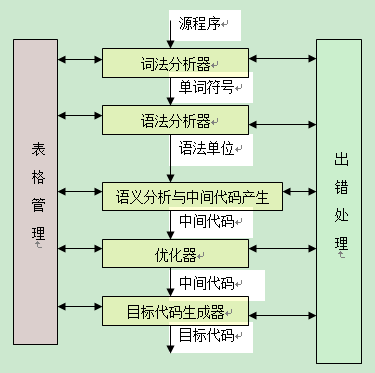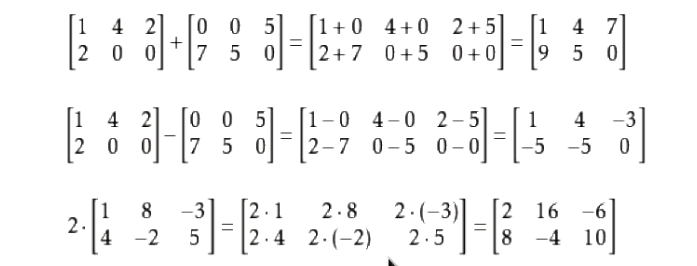I am importing XML into InDesign, and I get this message:
The external entity 'blahblah.dtd' cannot be found. Continue to import anyway?
And when I then continue to import the XML, I get this error message:
Javascript Error!
Error Number: 103237 Error String: DOM transformation error: Invalid namespace.
Engine: session File: C:\blahblah\blahblah.jsx Line: 259 Source:
obj.doc.importXML(File(xmlDoc) );
...the problem is, is that I won't have access to the DTD, and I won't need it for my purposes anyway.
- So, is there a Extendscript way to ignore the DTD?
- If not, is there a way to ignore the DTD with XSLT?
Here is the relevant code:
function importXML(xmlDoc, xslt)
{
with(obj.doc.xmlImportPreferences)
{
importStyle = XMLImportStyles.MERGE_IMPORT; // merges XML elements into the InDesign document, merging with whatever matching content
createLinkToXML = true; // link elements to the XML source, instead of embedding the XML
// defining the XSL transformation settings here
allowTransform = true; // allows XSL transformation
transformFilename = File(xslt); // applying the XSL here
repeatTextElements = true; // repeating text elements inherit the formatting applied to placeholder text, **only when import style is merge!
ignoreWhitespace = true; // gets rid of whitespace-only text-nodes, and NOT whitespace in Strings
ignoreComments = true;
ignoreUnmatchedIncoming = true; // ignores elements that do not match the existing structure, **only when import style is merge!
importCALSTables = true; // imports CALS tables as InDesign tables
importTextIntoTables = true; // imports text into tables if tags match placeholder tables and their cells, **only when import style is merge!
importToSelected = false; // import the XML at the root element
removeUnmatchedExisting = false;
}
obj.doc.importXML(File(xmlDoc) );
obj.doc.mapXMLTagsToStyles(); // automatically match all tags to styles by name (after XSL transformation)
alert("The XML file " + xmlDoc.name + " has been successfully imported!");
} // end of function importXML
...this is based on p. 407 (Chapter 18) of InDesign CS5 Automation Using XML & Javascript, by Grant Gamble




